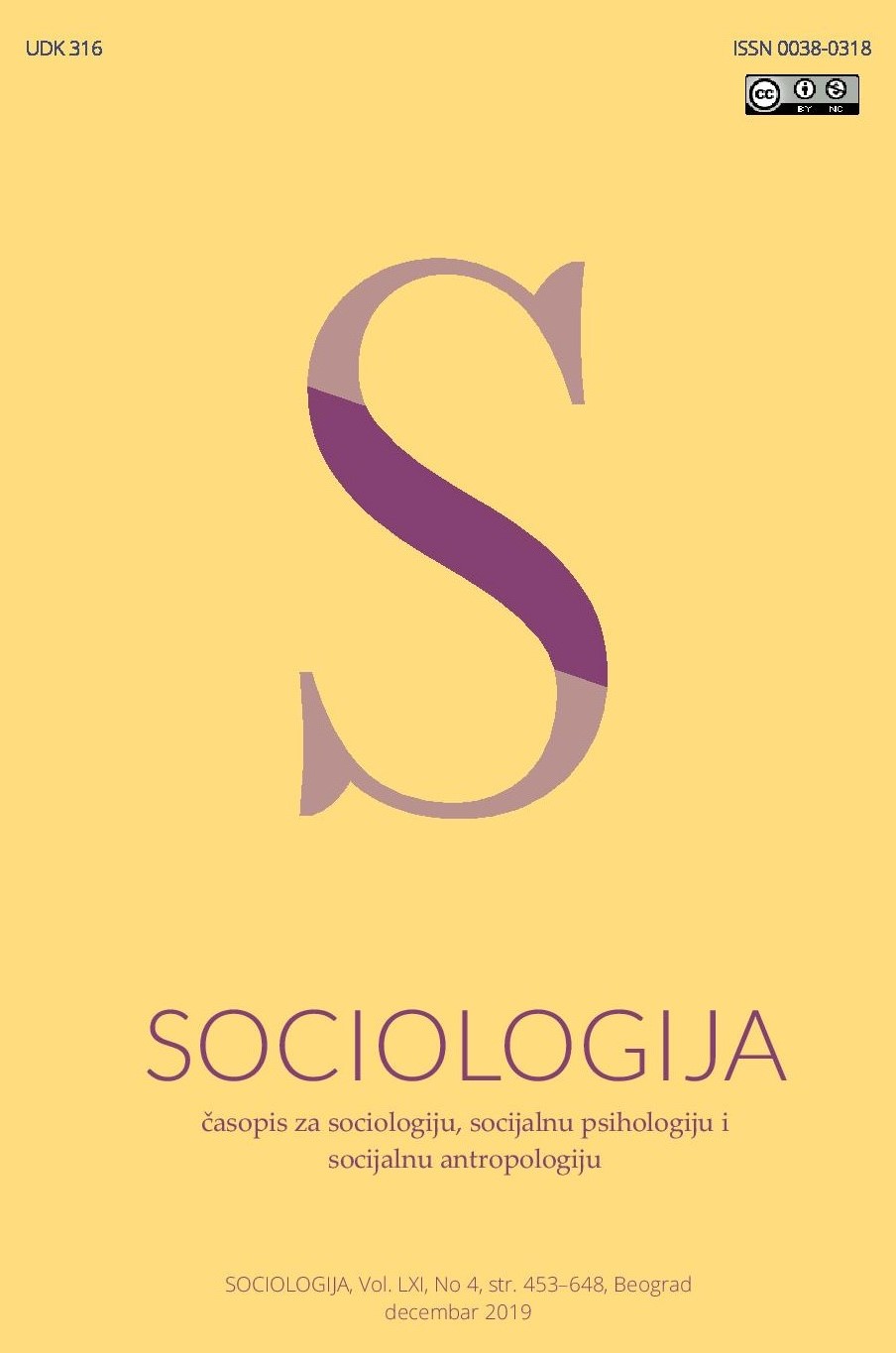Fenomen vršnjačkog nasilja na internetu – izazov za nauku i zakonodavstvo
The Phenomenon of Cyber Bullying – A Challenge for Science and Legislation
Author(s): Mladen M. Milošević, Nenad R. PutnikSubject(s): Social Sciences, Sociology, Social development, Social Informatics
Published by: Sociološko naučno društvo Srbije
Keywords: cyber bullying; digital platforms; legislation; cyber security; cyber bullying prevention
Summary/Abstract: Cyber bullying is a very complex phenomenon whose consequences can lead to a serious violation of the psycho-physical integrity of the victim. The digital world does not require a direct physical contact between bullies and the victims, and at the same time enables the perpetrators to conceal their identity.Cyber bullying is wide-spread with young people, who interact on web sites for social networking more often than adults, and often perceive the digital world as an extension of the physical world. This article is devoted to discussing the phenomenon of cyber bullying, together with the challenges it poses to the contemporary science and legislation. The challenges are numerous and range from the conceptual and terminological (the problem of defining cyber bullying) and those concerning its detection and prevention through development and use of software tools including ethical dilemmas related to their implementation, to the legal ones (adequacy of the existing legislation in the Republic of Serbia). Having this objective in mind, the authors have described the characteristics and phenomenology of cyber bullying, and analyzed the effectiveness of various mechanisms for its prevention and suppression. After analyzing the conceptual and terminological concerns, the authors are discussing the possibilities offered by the software tools in the field of cyber bullying detection and prevention, and also consider the ethical justification for their use. Particular attention has been paid to the role and importance of promoting digital literacy and education of students, parents and teachers on safe behavior on the Internet. The challenges to the legislation are presented and analyzed in the review of the relevant national legislation. The authors have identified and discussed the advantages and disadvantages of particular legal solutions in the subject matter. In the conclusion, they summarize the most important challenges for science and legislation, and provide guidelines for creating a safer digital environment.
Journal: Sociologija
- Issue Year: 61/2019
- Issue No: 4
- Page Range: 599-616
- Page Count: 18
- Language: Serbian

